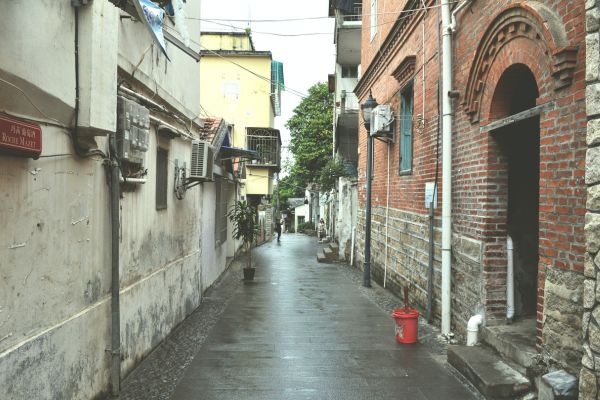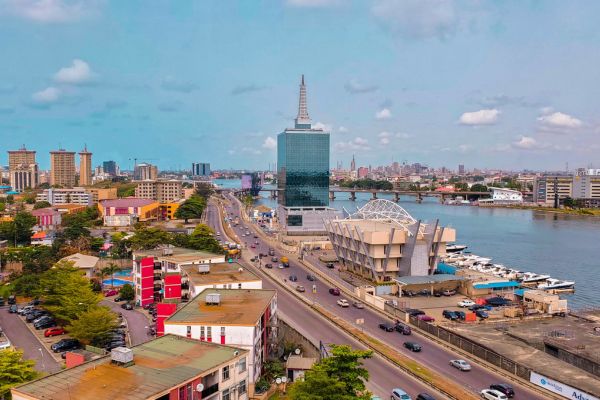
Key takeaways:
- In 2021, Shenzhen Intermediate People’s Court granted Mr. Liang’s application for personal bankruptcy reorganization, marking the first of its kind in China.
- At present, only Shenzhen allows individuals to go bankrupt. The pilot mechanism in Shenzhen will provide experience for China to implement personal bankruptcy in other places.
On 19 July 2021, Shenzhen Intermediate People’s Court of Guangdong Province, China (hereinafter “Shenzhen Court”) served a written ruling on the 35-year-old Liang Wenjin (梁文锦, hereinafter “Liang”), informing him that the court had approved his personal bankruptcy reorganization plan.
This is the first personal bankruptcy case closed by Shenzhen Court since the implementation of the “Regulations on Personal Bankruptcy of Shenzhen Special Economic Zone” (深圳经济特区个人破产条例, hereinafter the “Personal Bankruptcy Regulations”) on 1 Mar. 2021, and it is also the first personal bankruptcy reorganization case in China.
The Personal Bankruptcy Regulations is China’s first set of rules on personal bankruptcy, which formally establishes the personal bankruptcy system in China for the first time. At present, the Personal Bankruptcy Regulations is only applicable in Shenzhen. You may refer to our previous post for a detailed discussion on the Personal Bankruptcy Regulations.
I. Case background
An article published in “China Trial” (中国审判) (No. 15, 2021), a magazine subordinate to the Supreme People’s Court, introduced the background of the case.[1]
In June 2018, engineer Liang resigned to start his own business and began to develop Bluetooth headsets and early education machines. However, Liang failed to obtain stable customer resources.
In 2020, he tried to improve product functions and expand the market. Unfortunately, the COVID-19 pandemic crippled Liang’s dream again.
In order to maintain production and operation, he borrowed from banks and online loan companies to alleviate his company’s financial distress.
Finally, these borrowing and loans pushed up his financing costs, resulting in his inability to pay off his debts.
In order to get out of the debt quagmire, Liang found a job with a monthly salary of RMB 20,000. However, after paying the living expenses of his four-member family, the rest of the salary was not enough to repay the increasing interest and late fees.
According to Liang, he received dozens of debt calls every day.
At this point, he learned from the news about the implementation of the Personal Bankruptcy Regulations, and then he submitted a personal bankruptcy application to Shenzhen Court on 10 Mar. 2021.
After submitting the application, the judge interviewed Liang face-to-face and introduced to him the personal bankruptcy system.
Subsequently, Liang submitted a change application to the court and applied for the personal bankruptcy reorganization instead.
After ruling to accept his application, Shenzhen Court appointed a law firm as an administrator of the case, which then conducted due diligence on Liang’s debt, property, occupation, income, and family situation.
With the help of the administrator, Liang prepared a draft personal bankruptcy reorganization plan.
According to the plan:
(1) Liang keeps the basic living expenses of a four-member family at RMB 7,700 per month;
(2) Part of his wife’s income is also included in the debt repayment plan;
(3) Liang will pay off the principal of his debts within three years, and need not pay interest and late fees.
The average debt repayment rate of the ten creditors in the case reached 88.73%, of which the principal was paid off 100%.
This figure is much higher than the average debt repayment rate, i.e., 33.34%, in cases of bankruptcy liquidation of Chinese enterprises.
At the first creditors’ meeting, more than 90% of the creditors present voted for this plan, which, naturally, was adopted.
On this basis, Shenzhen Court ruled to approve the reorganization plan according to the law on 16 July 2021.
Of course, Liang must still fully implement the reorganization plan and fulfill his reporting obligations during the implementation period in order to finally obtain the debt relief.
II. Piloting Personal bankruptcy in China
On 19 July 2021, Shenzhen Court issued the “Announcement on Personal Bankruptcy Cases”, stating that:
On July 16, Shenzhen Court made a civil ruling in accordance with Article 119 of the Personal Bankruptcy Regulations. According to the ruling, Shenzhen Court approved Liang’s reorganization plan and closed Liang’s personal bankruptcy reorganization proceedings.
Meanwhile, Shenzhen Court also announced the approval of the reorganization plan, including:
(1) The Civil Ruling;
(2) The Decision on Lifting Consumption Restriction. According to the Decision, Shenzhen Court lifted the consumption restriction against Liang and notified the Shenzhen Bankruptcy Affairs Administration of the same;
(3) The Notification of Obligations During the Implementation of the Reorganization Plan. According to the Notification, Liang shall report the income, expenditure and debt repayment during the implementation of the reorganization plan to the Shenzhen Bankruptcy Affairs Administration and the bankruptcy administrator each month during the implementation of the reorganization plan.
At present, only Shenzhen allows individuals to go bankrupt. The pilot mechanism in Shenzhen will provide experience for China to implement personal bankruptcy in other places.
As of 16 July 2021, Shenzhen Court has received 615 personal bankruptcy applications.
After preliminarily analyzing these applications, more than 230 applicants were interviewed by Shenzhen Court and more than 200 applications that obviously did not meet the relevant conditions were denied.
At present, the Bankruptcy Tribunal of Shenzhen Court has reviewed three batches of 30 bankruptcy applications, and has officially accepted seven bankruptcy applications.
III. Our comments
Although China promulgated the Enterprise Bankruptcy Law decades ago, the law on personal bankruptcy has long been absent. Therefore, China’s bankruptcy law is dubbed “half-full bankruptcy law” by China’s academia.
Shenzhen’s personal bankruptcy system is actually an experiment for China’s personal bankruptcy system. Once Shenzhen Court summarizes a feasible and mature pattern, the personal bankruptcy may be extended to other parts of China.
Reference:
[1] 花蕾:《全国“个人破产”首案的背后》,《中国审判》杂志2021年第15期
Photo by Joey Huang on Unsplash
Contributors: Guodong Du 杜国栋








